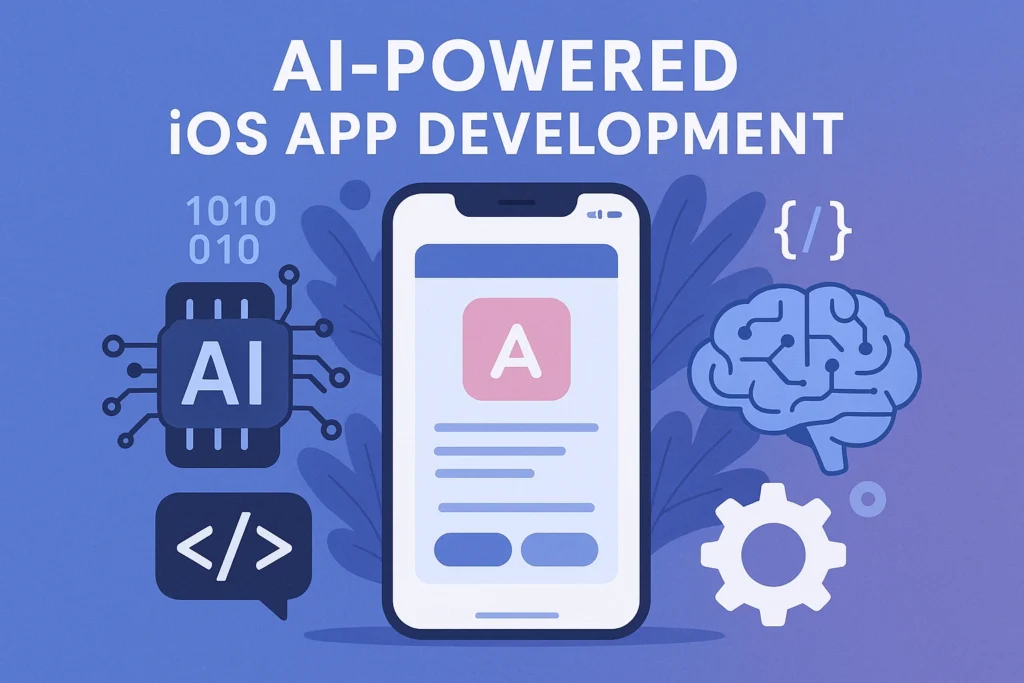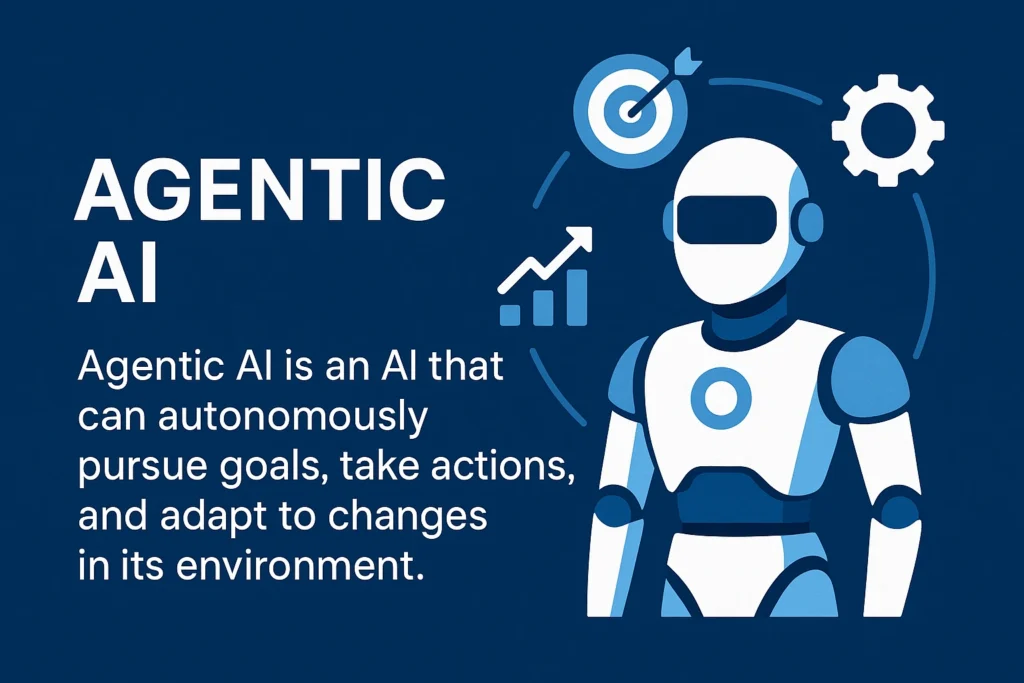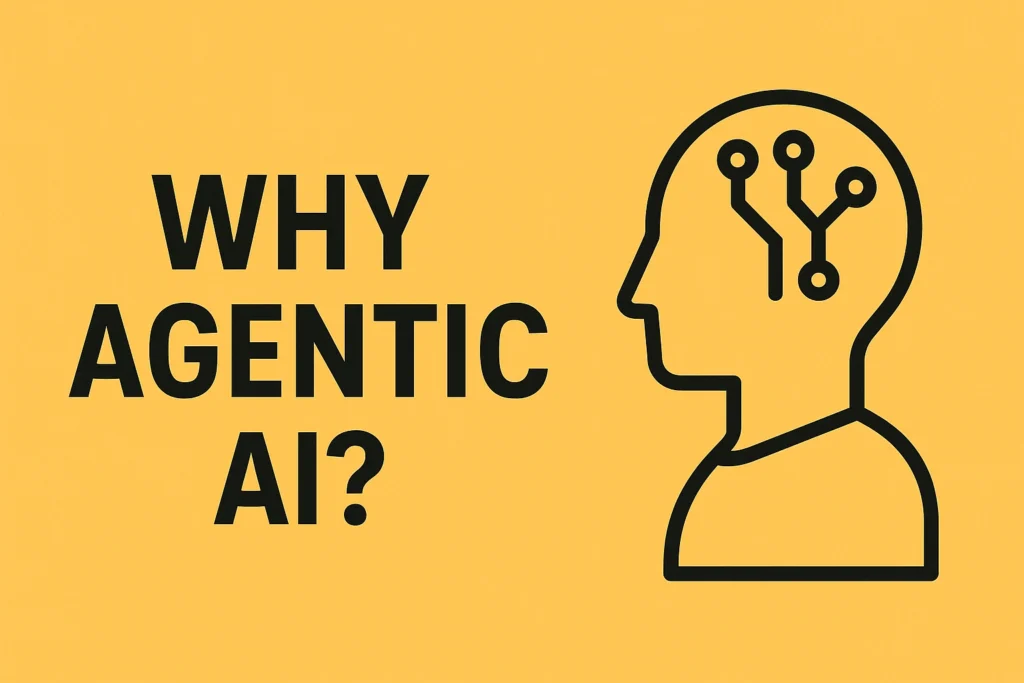Table of Contents
ToggleAI-Powered iOS App Development

AI-Powered iOS App Development
This tutorial summarizes the key areas and important facts on"How To Build iOS App With AI" focusing on the revolutionary shift in app development facilitated by AI.
Summary
The landscape of iOS (and Android) app development is being fundamentally transformed by Artificial Intelligence (AI) and no-code platforms. Gone are the days requiring "years of coding expertise" to build an application.
Accessibility & Monetization
AI-driven tools are making app creation "accessible to creators from all backgrounds," enabling individuals with "just an idea and the right AI assistant" to design, build, and launch applications, even opening doors to "monetize your app [and] generate passive income." This new paradigm emphasizes efficiency, cross-platform compatibility, and the integration of advanced AI functionalities like Large Language Models (LLMs) for real-time assistance.
Key Areas and Most Important Ideas
This section delves into the core concepts driving the AI-powered transformation of iOS app development.
1. Democratization of App Development through AI and No-Code Platforms
The central theme is the significant lowering of the barrier to entry for app development. AI tools and no-code platforms eliminate the need for extensive coding knowledge, making it possible for "creators from all backgrounds" to build functional applications.
| "building an iOS application no longer requires years of coding expertise thanks to the power of artificial intelligence AIdriven tools and no code platforms are making app development accessible to creators from all backgrounds with just an idea and the right AI assistant you can design build and launch your own applications."
2. Cross-Platform Development (iOS and Android) from a Single Workflow
A crucial advantage highlighted is the ability to develop applications that function on both iOS and Android simultaneously, streamlining the development process and expanding market reach. Tools like "Expo" and "Bolt" are central to this capability.
| "what if you had one application which would work for both Apple phones as well as Android phones to help not just you but many other entrepreneurs just like you to find their best meeting location with their rees... to build an application which supports both Android as well as Apple we might need a couple of tools firstly an AI agent so we will be going ahead with one of the best uh AI designers for websites as well as there is a new launch from Bolt which can also help you design applications so you need to log in so Bolt will provide you with some free tokens and free user trials so you can proceed for free and also Expo is another development IDE or a kind of uh location where you can launch both Android applications as well as iOS applications for free."
3. Prompt Engineering as a Core Skill for AI-Driven Development
Instead of writing code, users now write prompts for AI assistants. The quality of the prompt directly influences the AI's ability to generate the desired application. The source emphasizes using LLMs like Claude for crafting effective prompts.
| "now I have opened up Claude to help me build a best prompt so that it is really helpful for Bold to understand my requirements and build me an application... i chose claude because claude is best for writing AI prompts it is the best which understands all your requirements and modifies it in the best way so that AI can understand."
4. Iterative Development and Real-time Feedback
AI-powered platforms offer real-time preview and code generation, allowing developers to see the application's interface and underlying code as the AI builds it. This facilitates an agile and iterative development process, enabling quick adjustments and bug fixes.
| "here you have two windows one is code and another is preview so we'll have it on the preview screen right now to see how the preview looks and if you want to take a quick look onto the code you can also click on the code option there and it will redirect you to the code section... you can choose to expand the window so that you can have the code section on the left hand side and the preview on the right hand side in case if you wanted to make some changes on the go that's the best version that Bolt can help you with and uh you can have a real-time interface just like Xcode does."
5. Integration of External AI Services (LLMs) for Enhanced Functionality
Beyond the initial app generation, the briefing highlights the capability to integrate external AI agents, such as OpenAI's ChatGPT or Google's Gemini, using API keys. This allows for the addition of "realtime AI agent" capabilities within the application, providing dynamic and intelligent features.
| "you can also have the u AI agent like any LLM version like maybe chat GPT Gemini to help you in real time you can just have to create a new project on your API section create some API keys and get assistance from realtime AI agent as well."
6. Post-Generation Customization and Monetization Potential
While AI generates the initial application, the source explicitly mentions the ability to download the project files and make further modifications using traditional IDEs like VS Code. Once perfected, the application can be deployed and "monetize[d]."
| "you can just simply download the project and you may have any other ids on your local system like uh VS code or visual studio you can just uh run through the application and check if you find any inconsistencies then you can fix them and then just directly go with expo go and make changes and upload for trial versions right and if it's everything is fine you can just monetize your application."
7. Overcoming Platform Limitations (e.g., Windows for iOS Development)
The use of AI-driven web-based tools and platforms like Expo allows Windows users to develop iOS applications, circumventing the traditional requirement of Apple's Xcode (which runs on macOS). This broadens accessibility for developers not exclusively tied to Apple hardware.
| "to build an iOS app in the olden days you needed a platform or an IDE referred as Apple's X code but now we are working on a Windows operating system so it might not be compatible so if you really wanted to work on the Apple's X code you can go with the virtual machine or you can boot it as a dual boot OS in your PC but if you wanted to continue development with your Windows operating system then there are ways to do it."
Important Facts and Tools Mentioned
This section highlights key tools and facts that underpin the AI-powered iOS app development process.
Key Tools and Platforms
- AI-Driven Tool: Bolt (specifically "Bolt's new launch" for application design)
- Development Environment/Platform: Expo (for launching both Android and iOS applications for free)
- AI for Prompt Generation: Claude (praised for its ability to understand requirements and craft effective AI prompts)
- External LLM Integration: OpenAI (ChatGPT mentioned as an example, with the process of generating API keys)
- Traditional IDEs for Customization: VS Code, Visual Studio (for downloading and editing generated project files)
Key Facts and Features
- Example Application: A "professional meeting venue finder app" for entrepreneurs, demonstrating location, date, time, and budget filtering.
- Monetization: Explicitly mentioned as a possibility after successful app development, opening avenues for passive income.
- Token Usage: AI tools like Bolt operate on a token system, with free trials available and options for increased usage.
- Security Concern: The importance of not sharing API keys due to potential misuse and charges, emphasizing responsible development practices.
Conclusion
The advent of AI and no-code platforms has revolutionized app development, making it an accessible endeavor for individuals without extensive coding backgrounds.
This new paradigm emphasizes prompt engineering, cross-platform compatibility, real-time feedback, and the seamless integration of advanced AI functionalities, opening up significant opportunities for innovation and monetization in the app development landscape.
AI‑Powered iOS Development — FAQ
Build & ship iOS apps on Windows with AI tools like Bolt, Expo & ChatGPT.
AI and no‑code platforms (e.g. Bolt) let creators jump from idea to App Store without years of Swift training. Anyone can design, build and monetise apps — unlocking new passive‑income paths and lowering the barrier to entry for indie entrepreneurs.
- Bolt — AI designer / code generator.
- Expo + Expo Go — free cross‑platform runtime for iOS & Android.
- Claude / ChatGPT — craft rich prompts & refine features.
- VS Code — tweak generated projects locally.
Use Claude to draft a detailed feature prompt (geo search, date, budget). Feed it to Bolt → receive code + UI. Test in Expo Go, refine in VS Code, then launch to TestFlight or Play Store — all from Windows.
Tell Bolt to add a /chat API route, paste your OpenAI key into
.env, import openai in the generated service file, then
refresh Expo. The app can now call ChatGPT for realtime answers.
- One prompt ➜ multi‑platform code.
- Single code‑base reduces bugs & maintenance.
- Wider audience = bigger revenue potential.
- Ideate — define the pain‑point.
- Engineer a prompt with Claude/ChatGPT.
- Generate app in Bolt (code + UI).
- Edit locally in VS Code; add APIs.
- Test with Expo Go; iterate.
- Deploy to App Store / Play Store; push to GitHub for collab.
- Store keys in
.envfiles; never commit to Git. - Use environment‑specific keys (dev vs prod).
- Rotate / revoke keys if leaked; monitor usage dashboard.
Absolutely. Download the Bolt project, open in VS Code, tweak components, swap themes, fix edge cases, add new APIs — then push to GitHub for community PRs.
AI kick‑starts the build; human creativity polishes and scales it.


